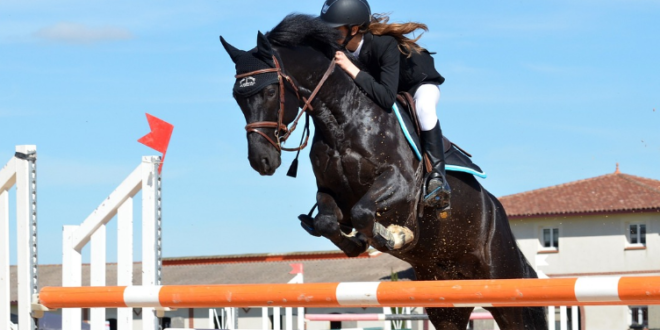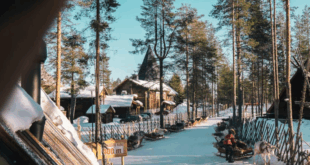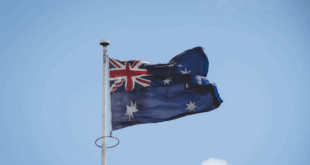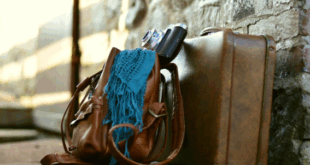Transporting horses to the Olympics is a complex and meticulously planned process to ensure the safety, health, and comfort of these elite equine athletes. Here’s an in-depth look at how horses make their journey to the world’s biggest sporting event.
1. Preparation and Documentation
Health Checks and Quarantine: Before travel, horses undergo rigorous health checks to ensure they are free from diseases and fit for travel. Depending on the destination country’s regulations, they might also need to undergo a period of quarantine. This helps prevent the spread of infectious diseases and ensures that the horses are in optimal health.
Documentation: Detailed paperwork is essential for the horses’ journey. This includes health certificates, vaccination records, and travel permits. All documents must comply with international travel and biosecurity regulations to facilitate smooth entry into the host country.
2. Training for Travel
Acclimatization: Horses are gradually acclimated to the travel conditions they will experience. This involves getting them used to the transportation crates and the sounds associated with air travel. Acclimatization helps reduce stress and ensures the horses are comfortable during their journey.
3. Transport to the Airport
Specialized Transport Vehicles: Horses are transported from their stables to the airport in specialized horse trailers. These trailers are designed to provide a smooth and comfortable ride, minimizing stress and injury.
4. Air Travel
Equine Air Travel: Horses travel on specially equipped cargo planes. These planes, often referred to as “horse charters,” are designed to transport horses safely and comfortably. Companies like Emirates SkyCargo, FedEx, and Lufthansa Cargo have dedicated services for equine transport.
Equine Containers: Horses are loaded into individual stalls or containers, which are then secured in the cargo hold. These stalls are padded and spacious, allowing the horses to stand comfortably and providing support during takeoff, flight, and landing.
On-Board Care: Professional grooms and veterinarians accompany the horses to monitor their health and well-being throughout the flight. They ensure the horses are hydrated, fed, and calm. The presence of familiar caretakers helps reduce stress for the horses.
5. Arrival and Ground Transport
Customs and Quarantine: Upon arrival, horses undergo another round of health checks and a brief quarantine to ensure they haven’t contracted any diseases during travel. The paperwork is reviewed, and customs clearance is completed.
Transport to Olympic Venue: After clearing customs, the horses are transported to the Olympic venue in specialized trailers. The journey is carefully coordinated to ensure minimal stress and maximum comfort.
6. Settling In
Stable Accommodations: At the Olympic venue, horses are housed in temporary stables that provide a safe and comfortable environment. These stables are equipped with all necessary facilities, including bedding, feeding, and watering arrangements.
Acclimatization to New Environment: Horses are given time to acclimate to their new surroundings. This period is crucial for them to recover from travel and adjust to the local climate and schedule.
Transporting horses to the Olympics is a testament to the detailed planning and coordination required to ensure the welfare of these magnificent animals. From thorough preparation and documentation to specialized air travel and on-ground care, every step is designed to prioritize the horses’ health and comfort. As these equine athletes take part in the Olympic Games, their journey reflects the dedication and expertise of the teams that support them, ensuring they arrive ready to compete at the highest level.
 Travellers Club The Travellers Club, a free to join on-line club for everyone who loves to travel.
Travellers Club The Travellers Club, a free to join on-line club for everyone who loves to travel.









